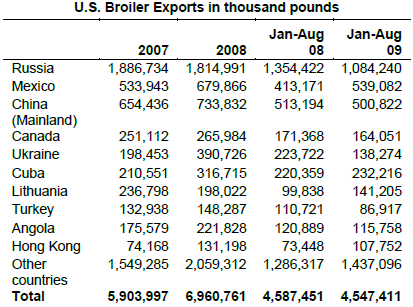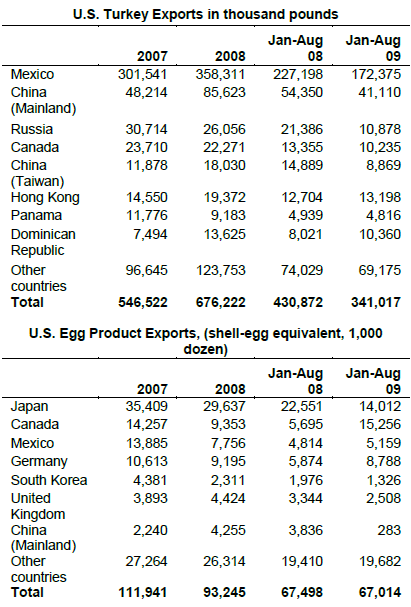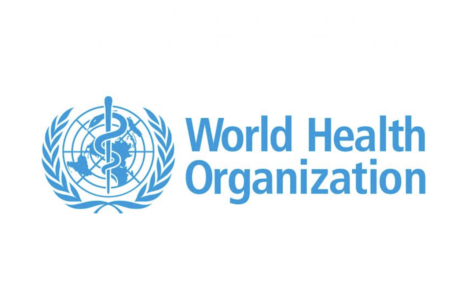



International Egg and Poultry Review: Guatemala
GUATEMALA - By the USDA's Agricultural Marketing Service (AMS). This is a weekly report looking at international developments concerning the poultry industry. This week's report focuses on the poultry situation in Guatemala.Guatemala has Central America’s largest economy, accounting for almost one-third of the region’s gross domestic product (GDP). In 2008, according to the Central Bank (BANGUAT), Guatemala's GDP, was estimated at US$38.9 billion a 4.0 increase from previous year. The inflation rate reached 9.4 per cent. For 2009, Guatemala's GDP is expected to grow one to two per cent and the inflation rate is forecast at 4.5 to 6.5 per cent. Agriculture is the principal contributor to the production of goods, although wholesale and retail sales are the largest single sector in GDP calculations.

Guatemala’s population is estimated at 13.8 million. Almost 54 per cent of the population lives in rural areas and about 46 per cent live in urban areas. According to the World Bank, Guatemala has one of the most unequal income distributions in the Western Hemisphere. Per capita income was roughly US$2,845 in 2008, but income distribution is highly skewed. The wealthiest 10 per cent of the population receives almost one-half of all income and the top 20 per cent receives two-thirds of all income. As a result, about 32 per cent of the population lives on less than US$2 a day and 13.5 per cent on less than US$1 a day. The exchange rate has fluctuated significantly over the last twelve months and presently it is US$1.00 per Q8.36 (Q=quetzal).
Guatemala ratified the US-Central America-Dominican Republic Free Trade Agreement (CAFTA-DR) on March 10, 2005 and the agreement entered into force on July 1, 2006. CAFTA-DR has had a positive effect on bilateral trade and it is expected to add between 0.5 to 0.6 per centage points per year to Guatemala’s GDP. Besides CAFTA-DR, Guatemala has a free trade agreement with Mexico, the Dominican Republic, Taiwan, Colombia and Chile. In addition, it has partial free trade agreements with Cuba, Panama, and Venezuela, and is negotiating one with Belize and Canada.
One of the major benefits for US exporters are legal changes that improve Guatemala’s transparency in customs dealings, anti-corruption measures in GOG contracting and procurement, and legal protection for US investors.

The US Census Bureau reported that in 2008 the US agricultural products exported to Guatemala were US$845 million representing a 23 per cent increase from previous year. Products imported into Guatemala included: bulk agricultural products, US$399.5 million (28 per cent increase); intermediate agricultural products, US$250.3 (22 per cent increase); consumer-oriented agricultural products, US$184.9 million (15 per cent increase). US poultry meat exports to Guatemala totalled US$59.5 million in 2008.
Source: USDA/FAS GAIN Report


Source: ERS calculations using data from US Department of Commerce, Bureau of the Census.
Further Reading
| - | You can view the full report by clicking here. |









